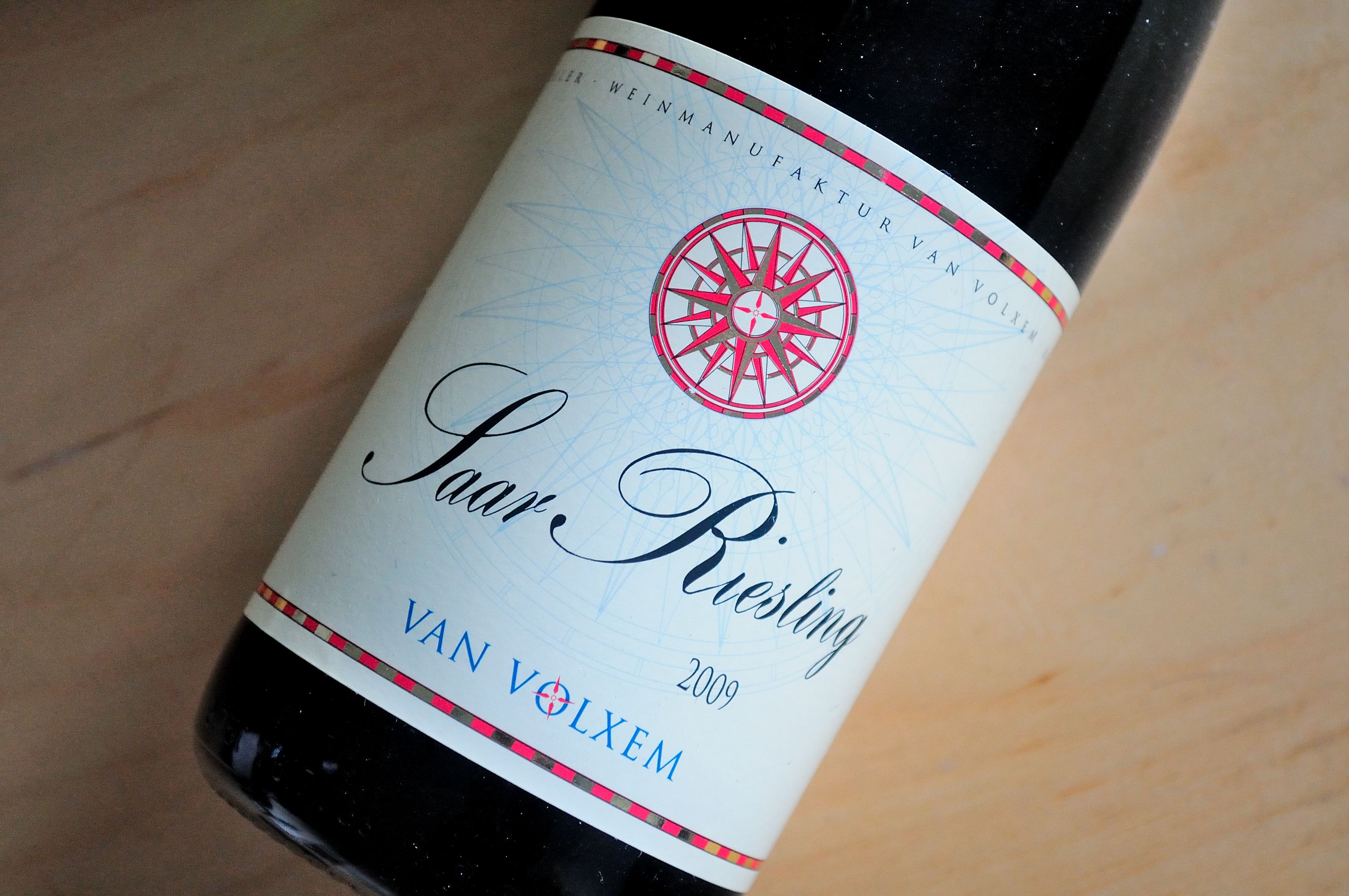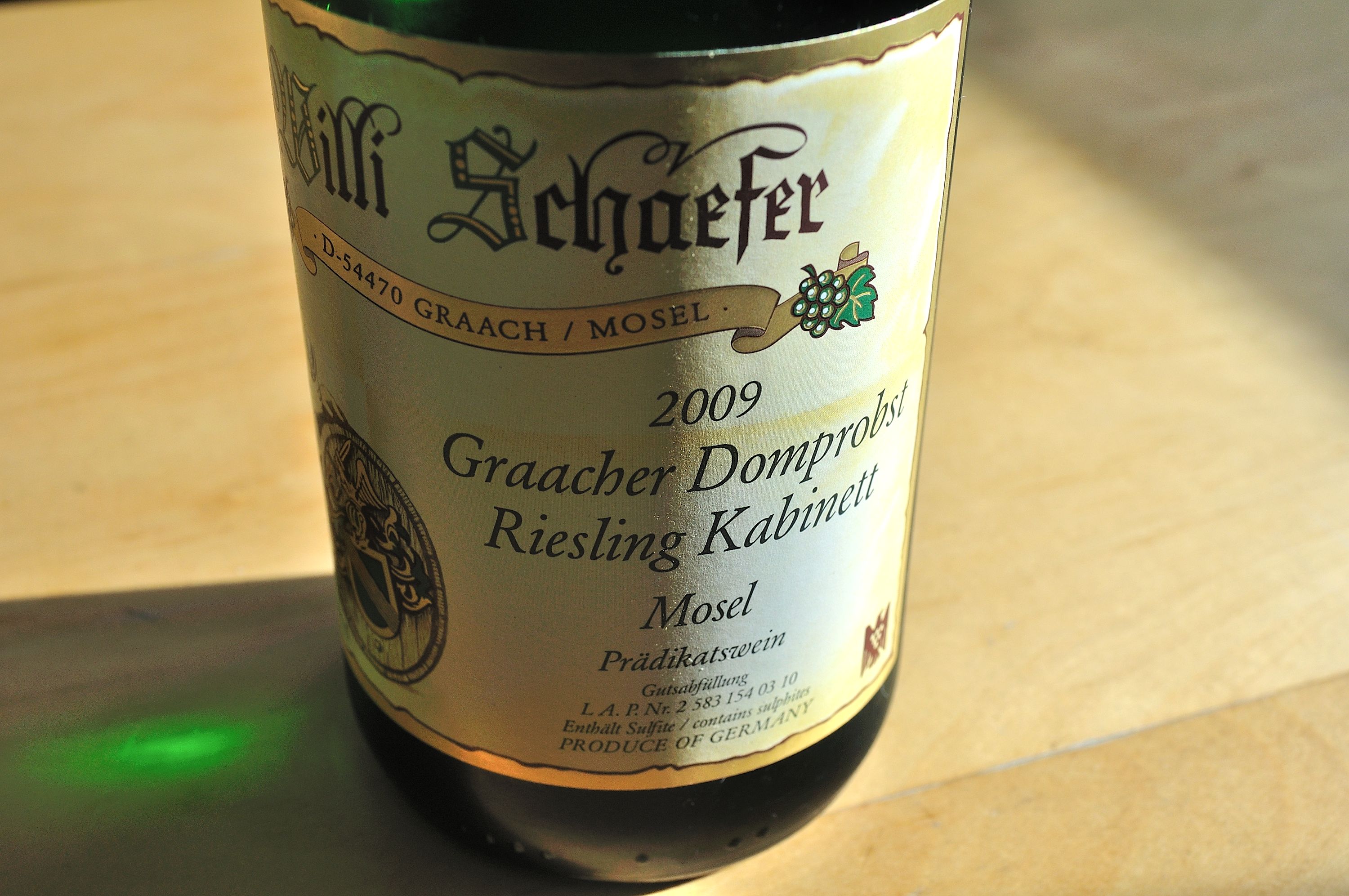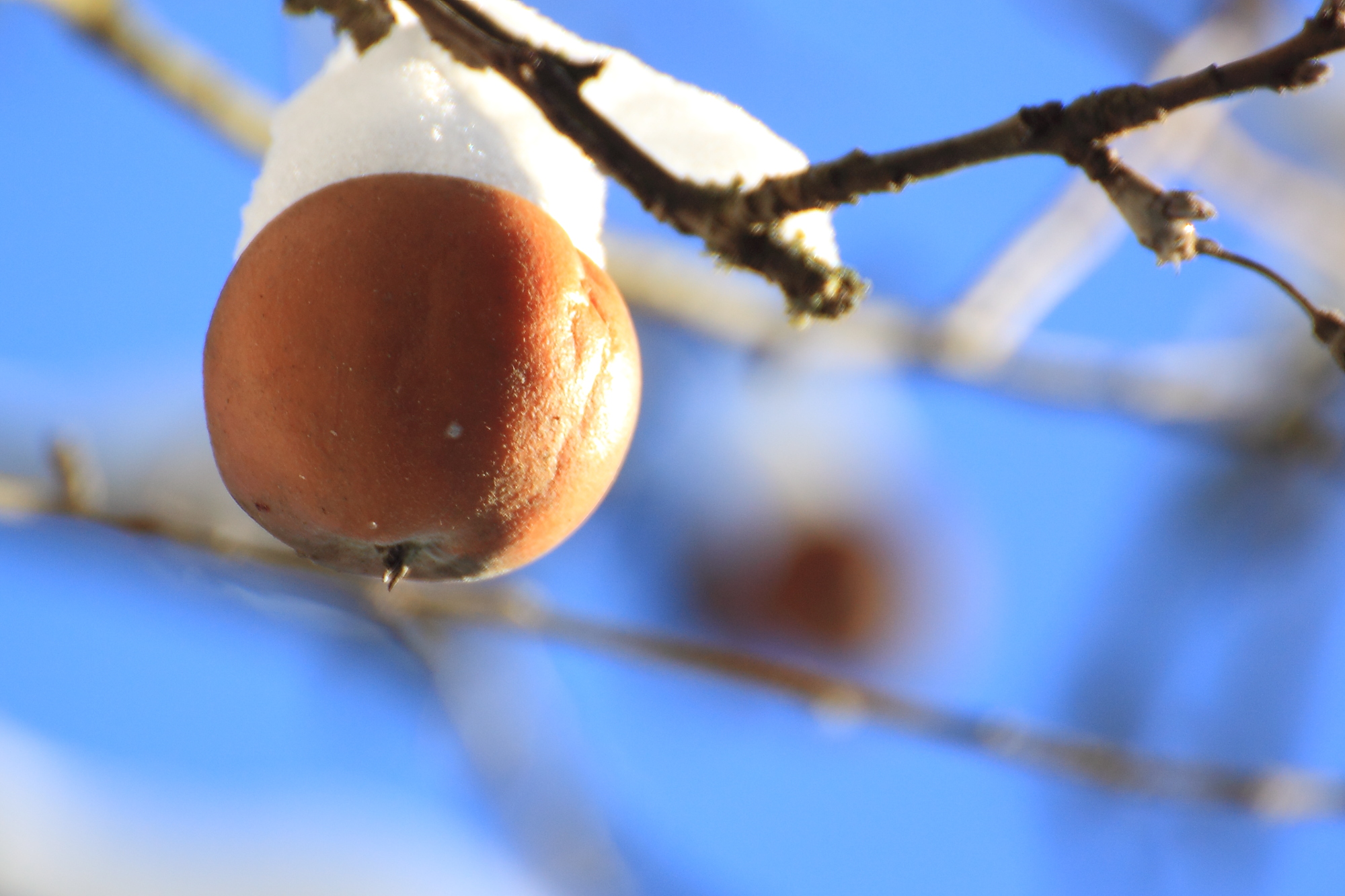Coturri, Pinot Noir, Lost Creek Vineyards, 2002
Yes, it is plain wrong and should never exist. Seriously, a Pinot Noir, any wine in fact, with 15.3% alcohol must be evil. And yet this Californian Pinot Noir was strongly recommended to me when, during a visit to a stylish NYC wine shop, I asked for an unusual American wine below thirty bucks. As I love Pinot Noir and as Kate from September Wines was very enthusiastic about this one I decided to take it home with me (for $27.21, if anyone cares to know).
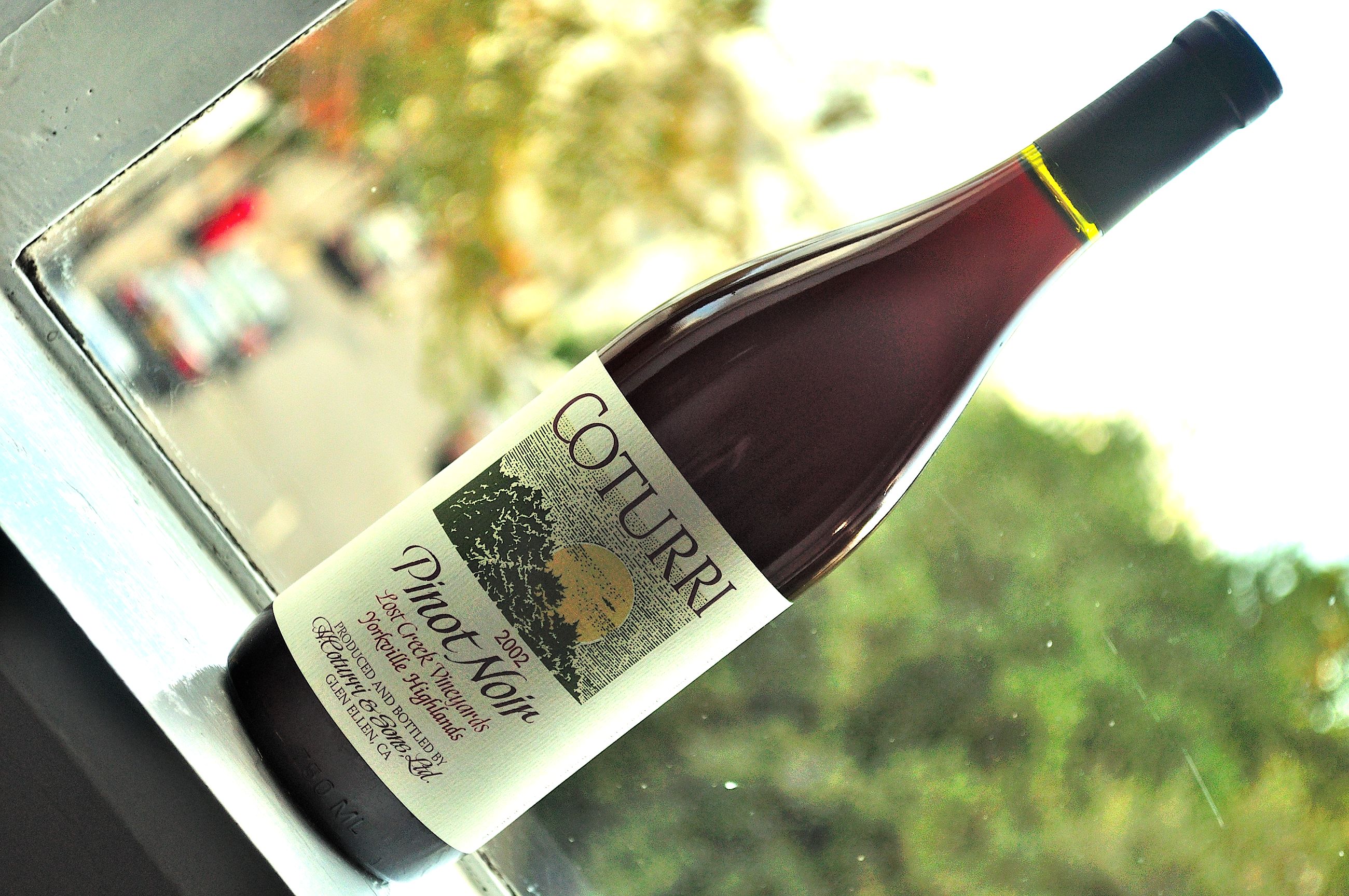
A few weeks later on a cold autumn weekend in London a pheasant was merrily roasting in the oven. The meal, the atmosphere and the colours around me were quite autumnal, and as the appearance of the Cotturi seemed to reflect that, I decided that the wine's time had come.



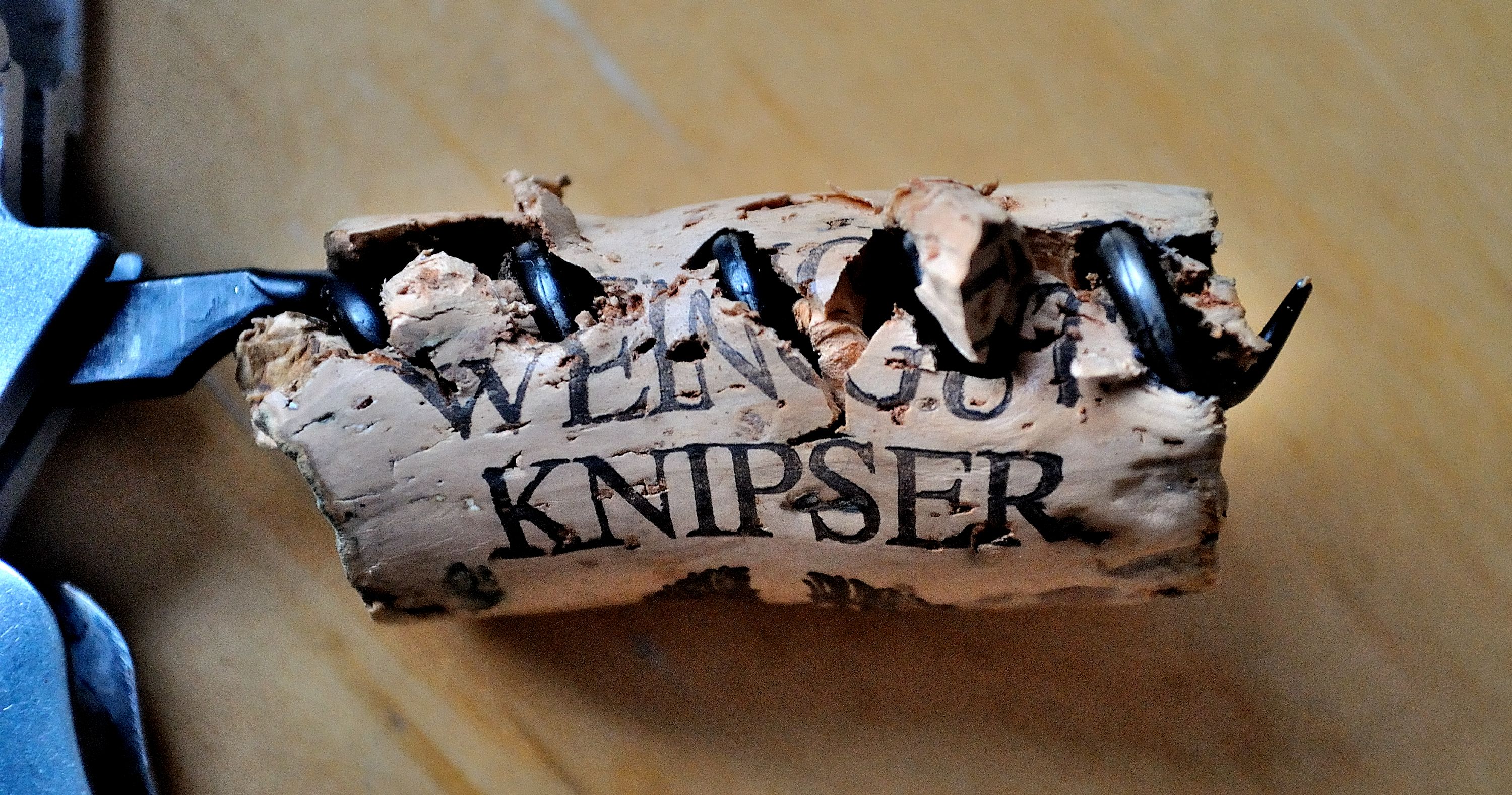



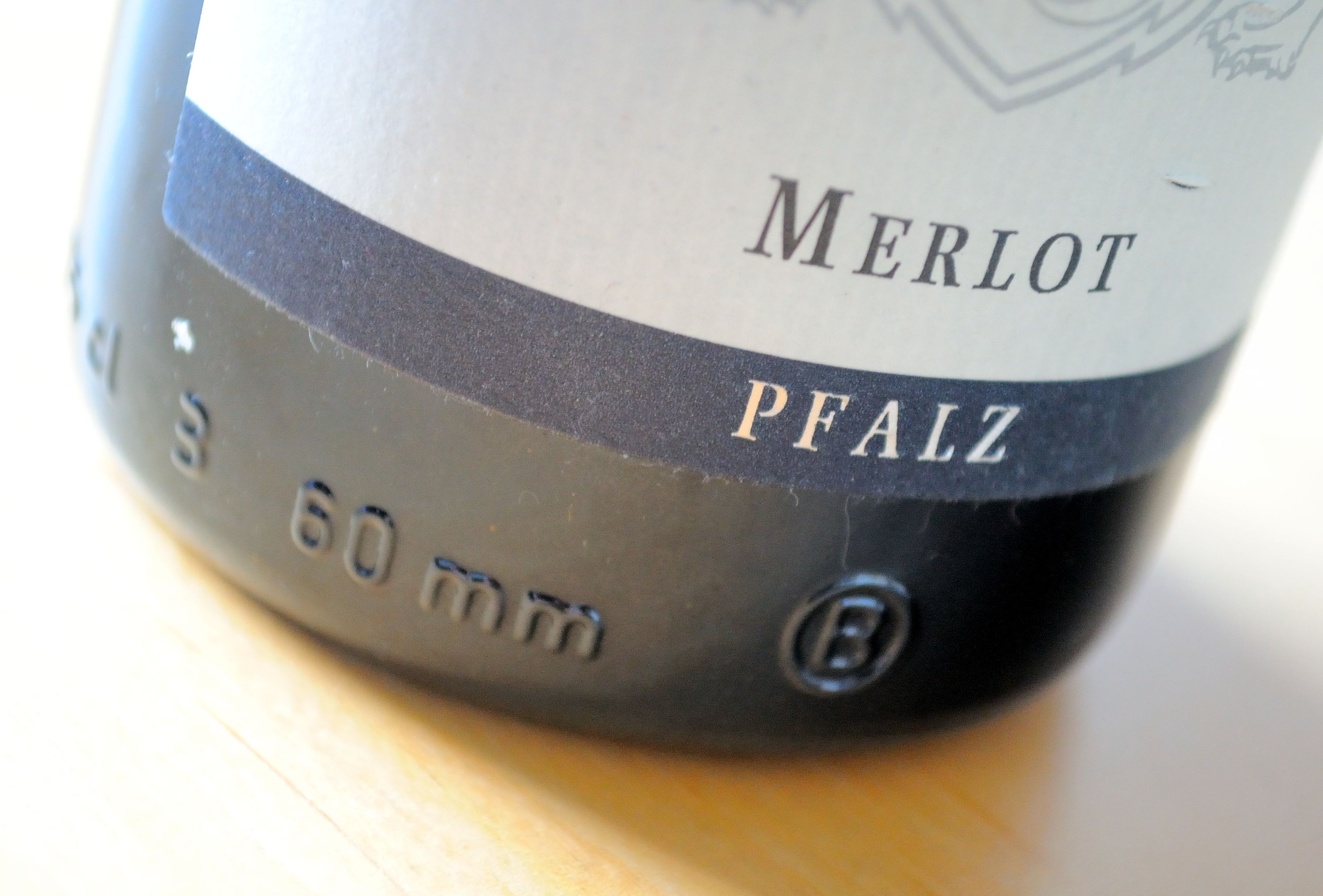 Philipp Kuhn is one of those German winemakers who confidently cover what seems like the whole spectrum of wine, from Riesling to Pinot Blanc, Sauvignon Blanc, Chardonnay, Muscat, Viognier, Pinot Noir, St. Laurent, Lemberger, a few others - and Merlot.
Philipp Kuhn is one of those German winemakers who confidently cover what seems like the whole spectrum of wine, from Riesling to Pinot Blanc, Sauvignon Blanc, Chardonnay, Muscat, Viognier, Pinot Noir, St. Laurent, Lemberger, a few others - and Merlot. 